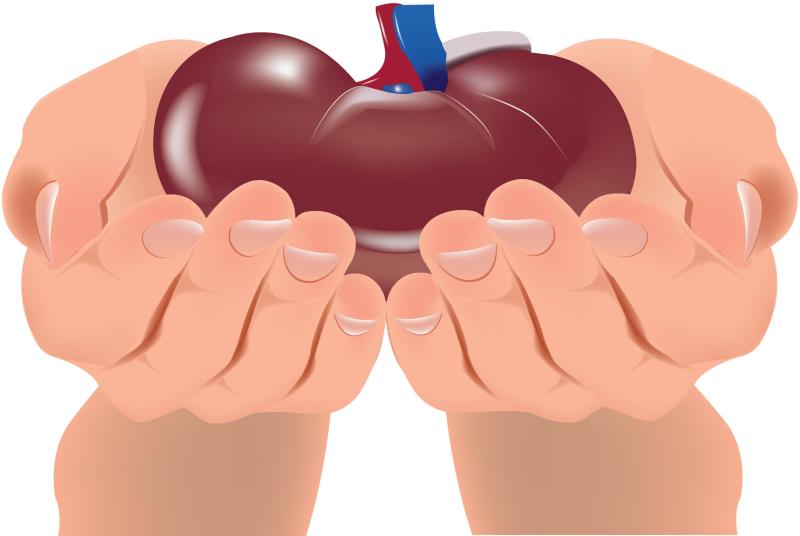 1st Non-Directed Liver Transplant in Singapore
1st Non-Directed Liver Transplant in SingaporeHepatitis C virus (HCV) infection continues to be the leading indication of liver transplantation (LT) among patients with hepatocellular carcinoma (HCC), trailed by nonalcoholic steatohepatitis (NASH) and alcoholic liver disease (ALD), a recent study has found.
Researchers accessed the United Network for Organ Sharing (UNOS) database and retrieved annual listing and receipt trends for LT from January 2007 to June 2018. Analyses were performed according to the underlying liver disease aetiology.
There was a total of 75,138 listings and 40,409 LTs included in the analysis, of which 14,607 and 9,975, respectively, were related to HCC. Three common indications emerged: HCV, NASH and ALD.
For patients without HCC, the proportion of listings for LT that were accounted for by HCV dropped from 60 percent to 17 percent. During the same time period, indications for NASH (12 percent to 32 percent) and ALD (28 percent to 51 percent) saw significant increases (p<0.001).
On the other hand, HCV remained the primary driver of LT listings in patients with HCC. From 2007 to 2018, the proportion of HCC patients seeking LT for HCV dropped only slightly, from 84 percent to 64 percent. In comparison, NASH only accounted for 21 percent of the listings in 2018, up from 4 percent in 2007. ALD indications also showed an upward trend over the same time span, growing from 12 percent to 16 percent.
Overall, however, “[t]his analysis on the UNOS database shows decreasing trends on the proportion of patients listed and transplanted for HCV, with simultaneous increase on listings and LT for NASH and ALD,” the researchers said.